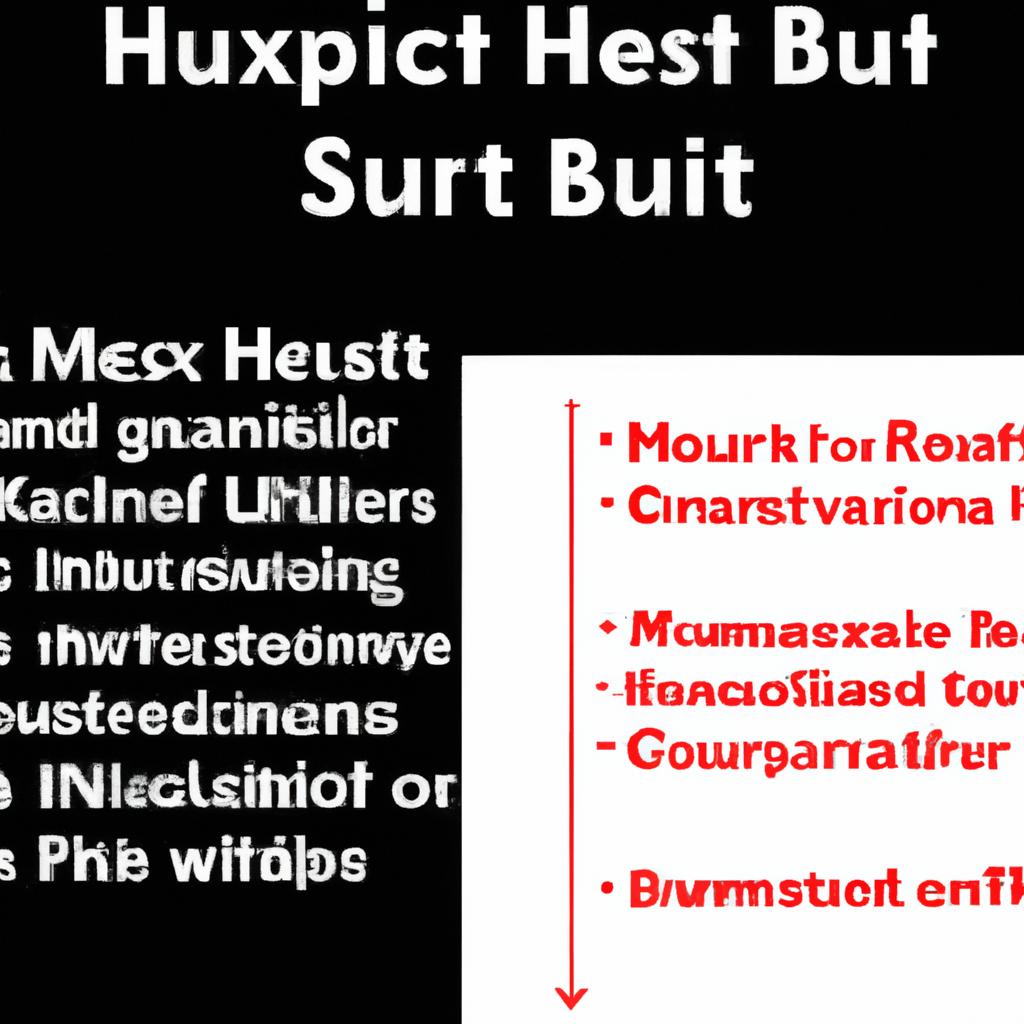**”The Role of Short Bursts: How to Structure Effective HIIT Workouts for Maximum Fat Loss and Muscle Retention”**
# The Role of Short Bursts: How to Structure Effective HIIT Workouts for Maximum Fat Loss and Muscle Retention
High-Intensity Interval Training (HIIT) has taken the fitness world by storm, and for good reason. This workout method, which alternates short bursts of intense activity with brief recovery periods, is not only time-efficient but also incredibly effective for fat loss and muscle retention. In this blog post, we will explore how to structure effective HIIT workouts, the nutritional strategies that can enhance your results, and the myriad health benefits that come with this training style.
## Understanding HIIT: The Science Behind Short Bursts
HIIT workouts typically last anywhere from 15 to 30 minutes, making them ideal for individuals with busy schedules. The key to HIIT is the intensity of the exercise; by pushing your body to its limits in short bursts, you can achieve significant fat loss and muscle retention.
### What Happens to Your Body During HIIT?
When you engage in HIIT, your body undergoes several physiological changes. The intense bursts of activity increase your heart rate and boost your metabolism, leading to greater calorie burn. After the workout, your body continues to burn calories in the post-exercise period, known as excess post-exercise oxygen consumption (EPOC). This phenomenon means you can continue to burn fat long after your workout is finished.
## Structuring Effective HIIT Workouts
### Choosing Your Exercises
To maximize the benefits of HIIT, select compound exercises that engage multiple muscle groups. This not only enhances calorie burn but also ensures muscle retention. Here are some effective exercises to include:
– **Squats**: Great for building lower body strength.
– **Burpees**: A full-body exercise that combines strength and cardio.
– **Mountain Climbers**: Excellent for core engagement and cardiovascular health.
– **Push-Ups**: Targets the upper body while also working the core.
### Designing Your HIIT Routine
A well-structured HIIT workout typically follows a work-to-rest ratio that can range from 1:1 to 2:1, depending on your fitness level. Here’s a basic example:
1. **Warm-up**: 5 minutes of dynamic stretching or light cardio.
2. **Workout Intervals**:
– 30 seconds of high-intensity exercise (e.g., burpees)
– 30 seconds of rest (or low-intensity movement)
– Repeat for 15-20 minutes.
3. **Cool Down**: 5 minutes of stretching and deep breathing.
Feel free to adjust the work-to-rest ratios based on your fitness level. Beginners may prefer a longer rest period, while advanced athletes might opt for shorter rest intervals.
### Frequency and Progression
For optimal results, aim to include HIIT workouts in your routine about 2-3 times per week. To prevent plateaus, progressively increase the intensity by adding weights, reducing rest periods, or incorporating more challenging exercises as your fitness improves.
## Nutrition Tips to Support Your HIIT Goals
### Pre-Workout Nutrition
Fueling your body properly before a HIIT session is crucial. Aim for a balanced meal or snack that includes carbohydrates and protein about 30-60 minutes before your workout. Some good options include a banana with nut butter or a small smoothie with spinach, berries, and protein powder.
### Post-Workout Nutrition
After your workout, your body needs nutrients to recover and rebuild muscle. Focus on consuming a combination of protein and carbohydrates within 30 minutes post-exercise. A protein shake with a piece of fruit or Greek yogurt with honey and berries can be effective choices.
### Stay Hydrated
Hydration is key for performance and recovery. Ensure you drink plenty of water before, during, and after your workouts. Electrolyte-rich drinks can also be beneficial, especially for longer or more intense sessions.
## Health Benefits of HIIT Workouts
### Improved Cardiovascular Health
HIIT has been shown to enhance heart health, reducing the risk of cardiovascular diseases. The intense bursts of activity can improve your heart’s efficiency, allowing it to pump more blood with each beat.
### Enhanced Muscle Retention
Unlike traditional steady-state cardio, which can lead to muscle loss, HIIT helps preserve lean muscle mass while promoting fat loss. This is particularly important for those looking to redefine their physique without sacrificing strength.
### Time Efficiency
One of the most significant advantages of HIIT is the time savings. In as little as 20-30 minutes, you can achieve an effective workout that burns calories and builds muscle. This makes HIIT an ideal choice for busy individuals.
## Conclusion
Incorporating HIIT into your fitness routine can be a game-changer for those aiming for maximum fat loss while retaining muscle mass. By structuring your workouts effectively, paying attention to nutrition, and understanding the health benefits, you can make the most of this highly efficient training method. So, lace up your sneakers, set your timer, and get ready to unleash the power of short bursts for a healthier, fitter you!















Post Comment